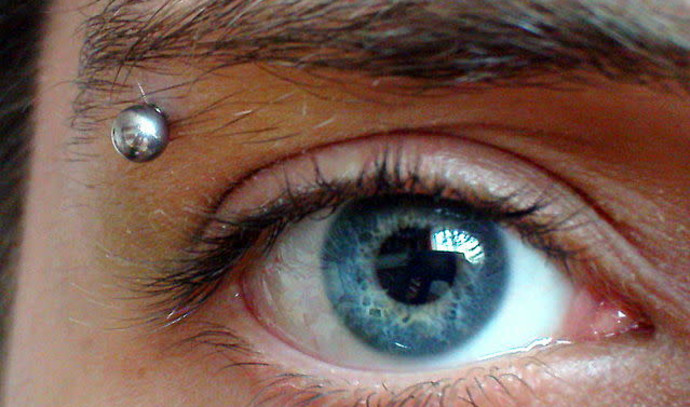Numerous people, especially actresses and other female celebrities, have been recognized as having “iconic eyebrows.” These include Marlene Dietrich, Frido Kahlo, Lauren Bacall, Marilyn Monroe, Elizabeth Taylor,Audrey Hepburn, Brooke Shields and Madonna.
Cosmetics including eye pencils, shadow or powder can help you create your look, but according to a new study conducted by the International Visible Trait Genetics (VisiGen) Consortium and published as a letter tothe editor of the Journal of Investigative Dermatology under the title “Genome-wide association studies identify DNA variants influencing eyebrow thickness variation in Europeans and across continental populations,” the shape of your natural eyebrows is in your genes.
The first gene mapping study on eyebrow thickness in Europeans discovered three previously unreported genetic loci and showed that eyebrow appearance has partly the same and partly different underlying genes in people from different parts of the world.
The appearance of human eyebrows is not just a matter of grooming but is in the genes. Eyebrow thickness, as any other appearance trait, is highly heritable. Until now, genetic knowledge about eyebrow thicknesshas been very limited and solely restricted to non-Europeans. This study is the first genome-wide association study on eyebrow thickness in Europeans. By identifying new genes and rediscovering some of thegenes previously identified in non-Europeans, the study expands genetic knowledge on human eyebrow variation, which is of broad interest and has implications for dermatology and other fields.
Eyebrow thickness among Europeans has never been reported
Previous studies were performed among Latin American and Chinese individuals, establishing four eyebrow thickness-associated genetic loci. Because no European eyebrow thickness had been reported, researchers didn’t know whether the genetic eyebrow thickness effects described in non-Europeans persisted in Europeans or whether there are European- specific genetic loci involved in eyebrow thickness, or both.
Lead investigator Prof. Manfred Kayser of the genetic identification department at Erasmus MC University Medical Center in Rotterdam, Holland, who is o-chair of the consortium, commented, “Despite the immense efforts in mapping genes underlying human complex traits, we still know much more about the genes that make us sick than about thosebehind our healthy looks. We discovered new genes involved in eyebrow variation in Europeans and rediscovered some of the genes previously identified in non-Europeans.”
The study of almost 10,000 individuals from four groups of European ancestry not only discovered three previously unreported genetic loci associated with eyebrow thickness, but also rediscovered two of the fourgenetic loci previously found in non-Europeans.
Kayser concluded that “our study significantly improves the genetic knowledge of human eyebrow appearance by increasing the number of known genes from four to seven and delivers new targets for futurefunctional studies. By having demonstrated that eyebrow variation is determined by both shared and distinct genetic factors across continental populations, our findings underline the need for studying populations of different ancestries for unveiling the genetic basis of human traits, including, but not restricted to, physical appearance.”



